

Xinjiang Uyghur Autonomous Region of China is located in the northwest of China and the interior of Eurasia. The Silk Road connected ancient China with the world, making it a place of coexistence and exchange among various civilizations. Xinjiang has long been a multi-ethnic area and has officially become a part of China since the Han dynasty. Today, it is the home of all 56 Chinese ethnic groups.
Close to Nature
The landform of Xinjiang can be summarized as "three mountains segmenting two basins"; from the north to the south, there lie the Altai Mountains, Tianshan Mountains and Kunlun Mountains. To the north of the Tianshan Mountains is Junggar Basin, and to the south is Tarim Basin, in which Taklimakan Desert is China's largest and world's second largest shifting sand desert. To the east of the Tianshan Mountains, Turpan Depression marks the lowest point of China - 154.31 meters below sea level; to the west is Ili Valley, where the scenery is as charming as that of the lush south bank of the lower reaches of the Yangtze River.
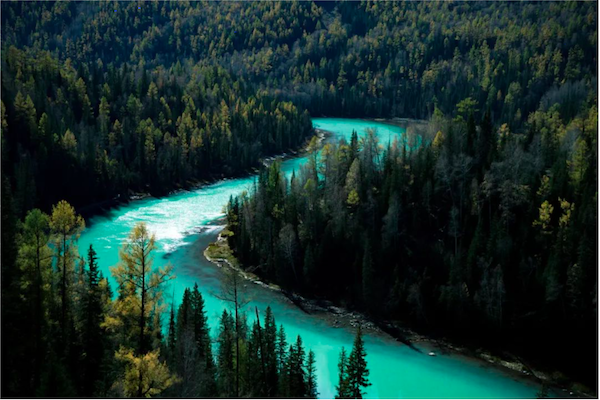 The Fairyland - Kanas / Photo by Juniper Photon
The Fairyland - Kanas / Photo by Juniper Photon
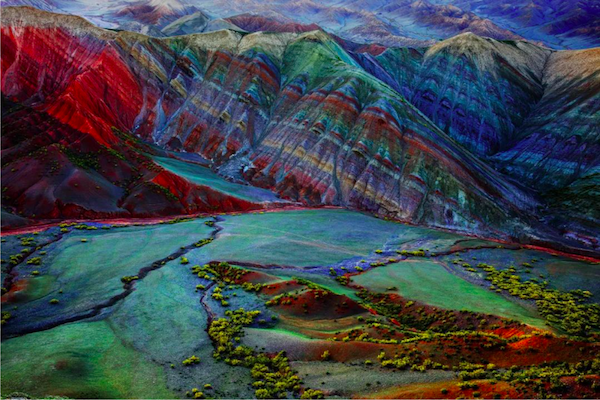 Nuerjia Canyon
Nuerjia Canyon
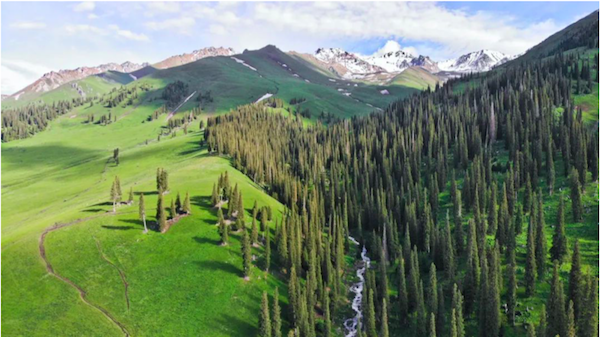 Sky Prairie - Nalati Grassland / Photo by Andy Guan
Sky Prairie - Nalati Grassland / Photo by Andy Guan
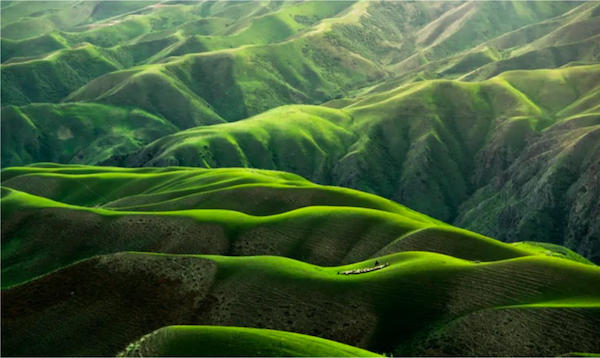 Body-shaped Prairie - Kalajun Grassland / Photo by Qingbao Meng
Body-shaped Prairie - Kalajun Grassland / Photo by Qingbao Meng
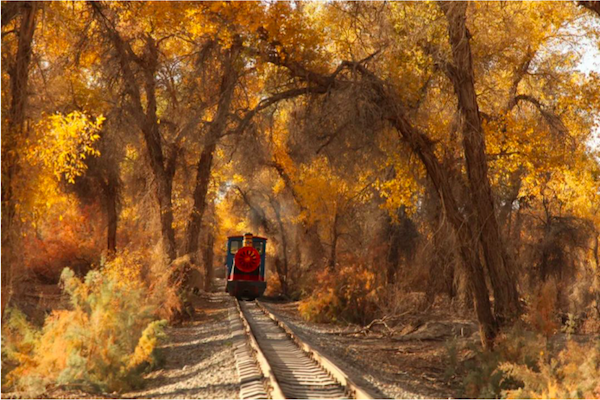 Tarim Populus Euphratica National Forest Park
Tarim Populus Euphratica National Forest Park
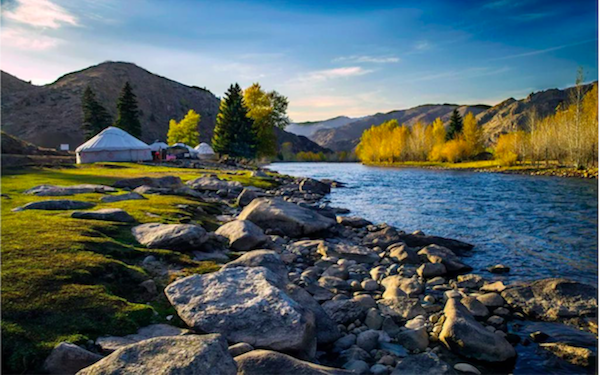 Keketuohai National Park, Altay
Keketuohai National Park, Altay
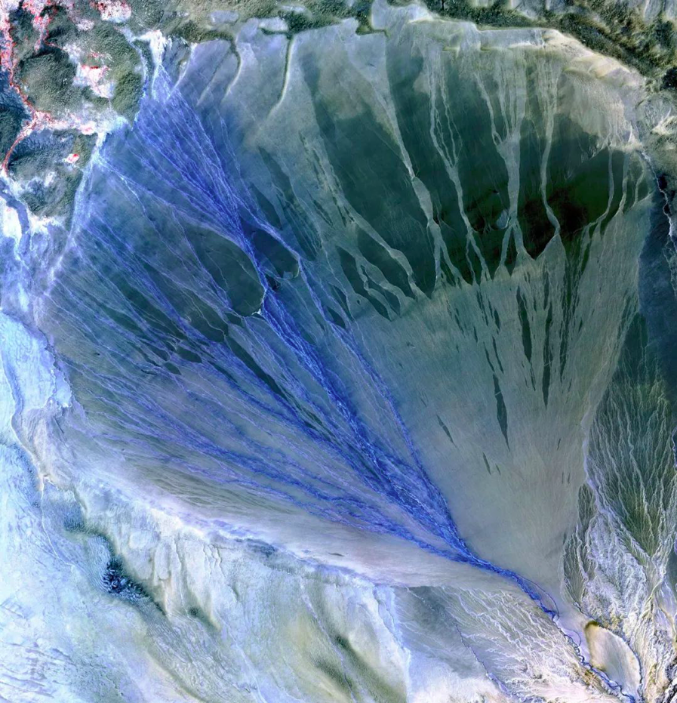 Alluvial Fan, Kunlun - Altun Mountains / Photo by USGS
Alluvial Fan, Kunlun - Altun Mountains / Photo by USGS
World Natural Heritage
Xinjiang Tianshan
Xinjiang Tianshan, or the eastern portion of the Tianshan mountain range, comprises four components - Tomur, Kalajun-Kuerdening, Bayanbulak and Bogda. Xinjiang Tianshan presents unique physical geographic features and scenically beautiful areas - from red bed canyons to glacier-capped peaks, from undisturbed forests and meadows to clear rivers and lakes. These landscapes contrast with the vast adjacent desert landscapes, creating a striking visual contrast between hot and cold environments, dry and wet, desolate and luxuriant, majestic and delicate. The landforms and ecosystems of the site have been preserved since the Pliocene epoch and present an outstanding example of ongoing biological and ecological evolutionary processes in a temperate arid zone. Altitudinal vegetation distributions, significant differences between north and south slopes, and diversity of flora, all illustrate the biological and ecological evolution of the Pamir-Tian Shan Highlands. Xinjiang Tianshan has outstanding biodiversity and is an important habitat for relic species, numerous rare and endangered species as well as endemic species.
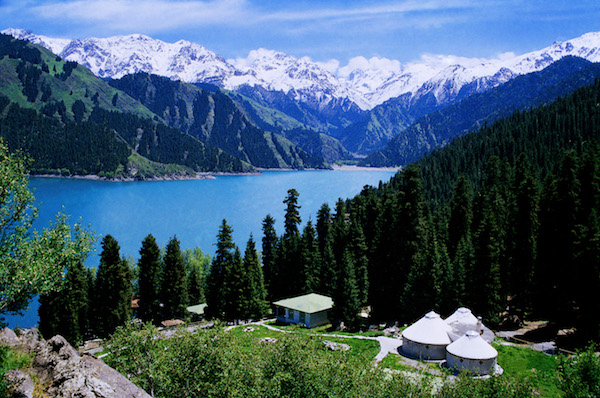 Tianchi Lake, Tianshan Mountains
Tianchi Lake, Tianshan Mountains
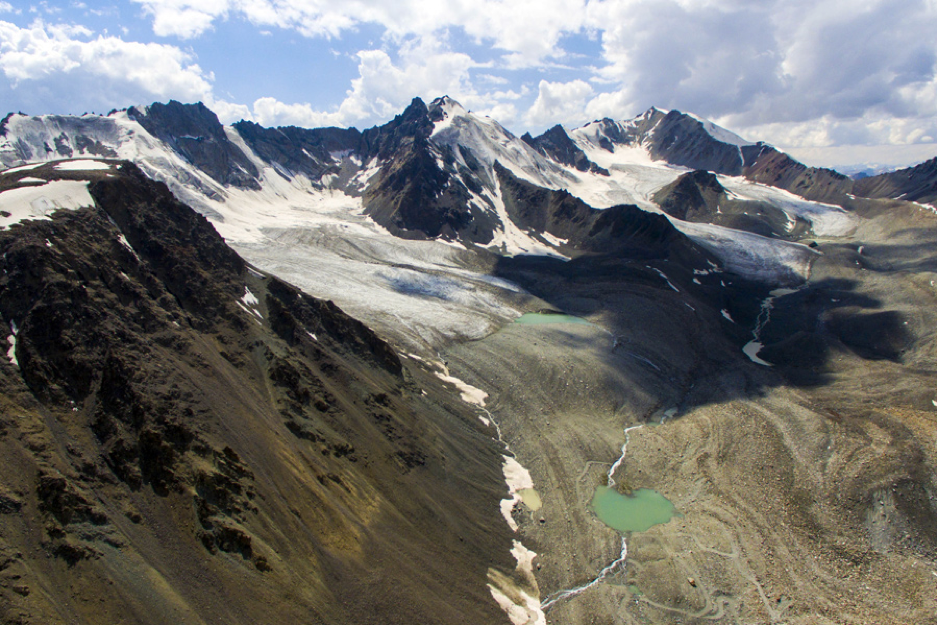 Tianshan Mountains / UNESCO
Tianshan Mountains / UNESCO
Embrace Colorful Life
Xinjiang is rich in ethnic culture with diverse ethnic groups featuring different customs, arts, sports, costumes, cuisines, etc. Xinjiang is known as the "land of singing and dancing" where Sanam and Dolan dances of the Uyghur, Eagle dance of the Tajik, Sauurdin dance of the Mongolian and a variety of folk dances bloom.
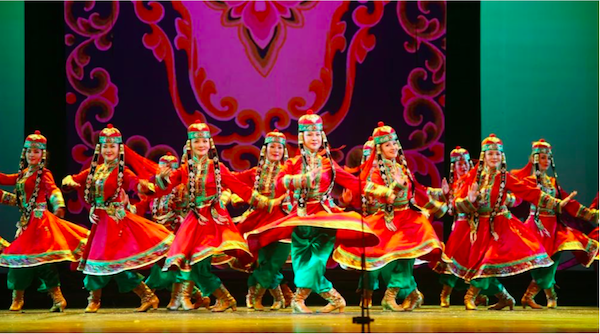 Mongolian Sauurdin Dance
Mongolian Sauurdin Dance

Meshrep
 Xinjiang Lamb Skewers
Xinjiang Lamb Skewers
 Xinjiang baked buns
Xinjiang baked buns
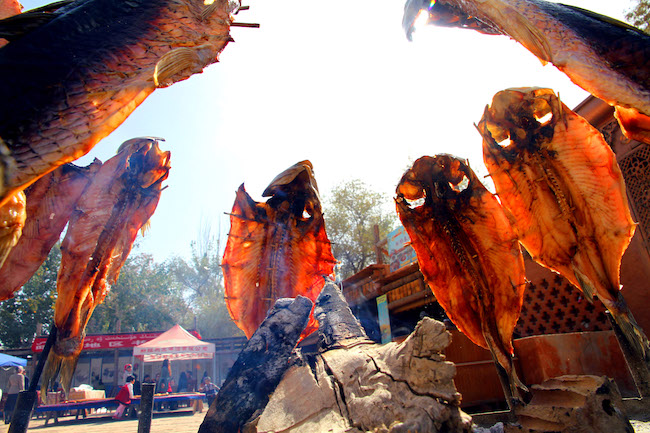
Special thanks to:
Xinjiang Uygur Autonomous Regions Culture and Tourism Department
chinaculture.org
https://en.unesco.org/
http://www.zgysyjy.org.cn
Let the booklet guide you through over two hundred works by the Dutch and Chinese youth.

The Bunnies will be staying at Markthal until 5 Feb, and then migrate to Timmerhuis!

Silk Road- a New Look Picture Exhibition & Jiangsu Intangible Heritage Innovation Show. Date: Until 31st August, 2017. Location: Multi-media Hall, 2n...

...which is very much needed during these often cold and windy days.

© 2023 China Cultural Center in Den Haag | Privacy policy